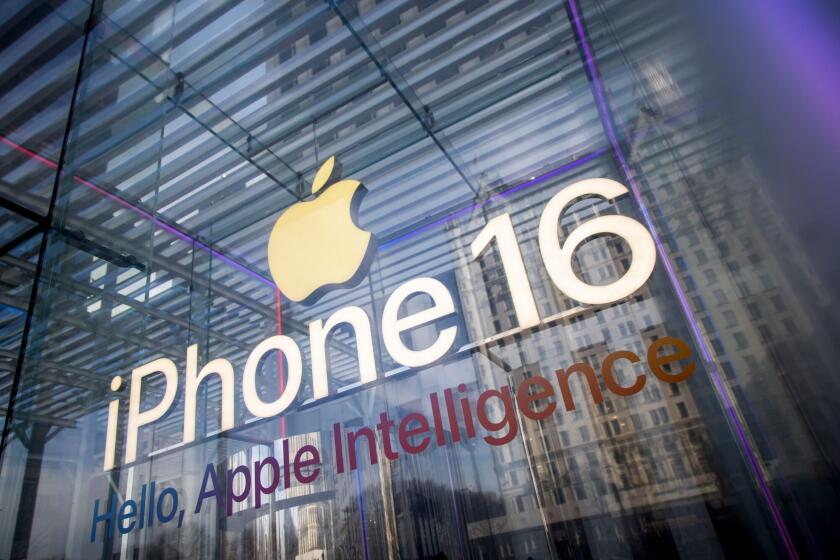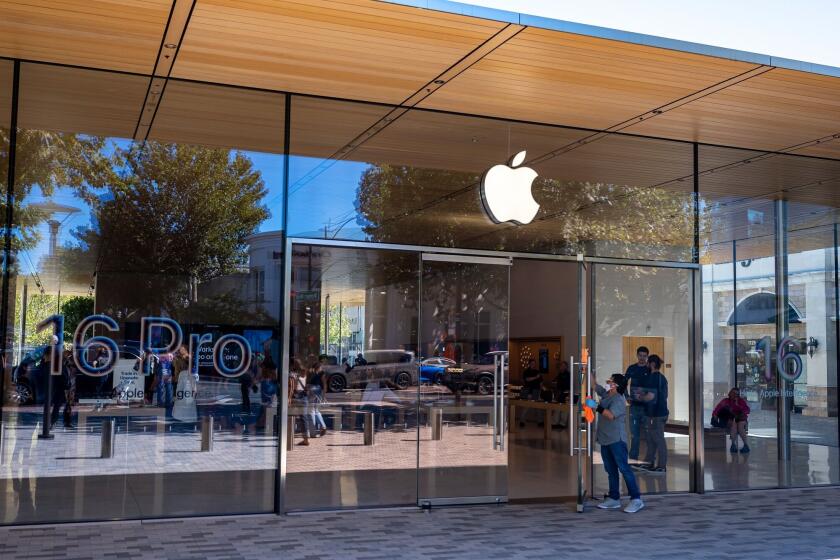Rules Changing in Game Industry, Leader Says
- Share via
Interactive Digital Software Assn. President Douglas Lowenstein isn’t playing around when he says unprecedented growth in the video game industry presents difficult challenges for developers and hardware manufacturers.
The industry saw a 25% increase in revenues in 1998, with sales of video and PC games jumping from $4.4 billion in 1997 to $5.5 billion last year, according to market research firm NPD Group. About 181 million PC and console games were sold in 1998, compared with 134 million a year earlier.
These increases are driven by a broadening of the video game market to include people who wouldn’t have gone near a shrink-wrapped video game several years ago.
New games will be unveiled when the industry trade show--the Electronic Entertainment Expo, or E3--returns to Los Angeles in May after a two-year run in Atlanta.
Lowenstein talked to The Cutting Edge last week about the fastest-growing segment of the U.S. entertainment industry.
*
Question: What are the challenges facing the video gaming industry as it becomes more mainstream?
Answer: The most notable one is the changing face of the consumer. It’s not a market anymore where 15-year-old boys are the only people in the market and you can pretty much figure out what they like. We have a tremendous demographic shift going on. We have everyone from hunters to sports enthusiasts to women and girls who are entering the market at different levels with different kinds of interests.
*
Q: Even with this expansion, mainstream America continues to view the video game industry as a fringe industry. Why is that?
A: We have right now four major motion pictures in development based on video games, including “Tomb Raider,” “Resident Evil,” “Wing Commander” and “Final Fantasy.” There is a consciousness of it. But people certainly don’t get home Friday night and say, “What video game do you want to play?” They say, “What movie do you want to see?” I don’t think the issue here is that video games are going to displace other forms of entertainment, but they are part of this firmament, and they are a big part of it.
*
Q: How much money are newcomers to the video game industry willing to pay for a game?
A: A lot of these people are not used to--or willing to--pay $50 or $60 for a game. They’re used to paying $7 to go to the movies, or $3.50 to rent a movie, or $14 or $16 to buy an audio CD. And although one can make a completely credible argument that this is 40 or 50 or 60 hours of entertainment over six months, still the psychology is they aren’t willing to pay.
*
Q: The demand for cheaper games comes at a time when production prices for video games are skyrocketing, doesn’t it?
A: We usually associate technological improvements with more efficiencies. But that doesn’t happen in our industry. The more technology you have in this industry, the more it costs to produce your whole product. The cost of acquiring good programmers and engineers is going up because everyone realizes that it’s the content. And if you don’t have a good game, it doesn’t matter how many marketing dollars you put behind it, it’s eventually going to fail. You also have this new consumer out there and have to invest more money in marketing. The marketing budget for “Turoc 2” was $9 million--that’s pretty hefty for a game. All of this is running the cost structure up for developing a game at a time when you have declining price points.
*
Q: What will happen when Sega’s new Dreamcast console debuts at E3 this year and in stores this fall?
A: The industry’s track record in the past managing these transitions is, shall we say, abysmal, to put it generously. I think we’re better positioned than we have been in the past to manage through that with less disruption. The market is different. Now you have companies that have diversified their revenue base so they can take a drop in revenue from console games and still have a pretty strong PC business. You also have a global market now. Most U.S. companies are doing 40% or 50% of their revenues overseas. Console manufacturers are also very much aware of launching a new system and thinking about how to do it without cannibalizing their existing installed base. I think Dreamcast coming out this fall will generally stimulate the market, and it’s really then next year when you see what Sony’s plans are. Is PlayStation 2000 coming out in 2000? And what is Nintendo’s strategy going to be?
*
Jennifer Oldham can be reached via e-mail at jennifer.oldham@latimes.com.






